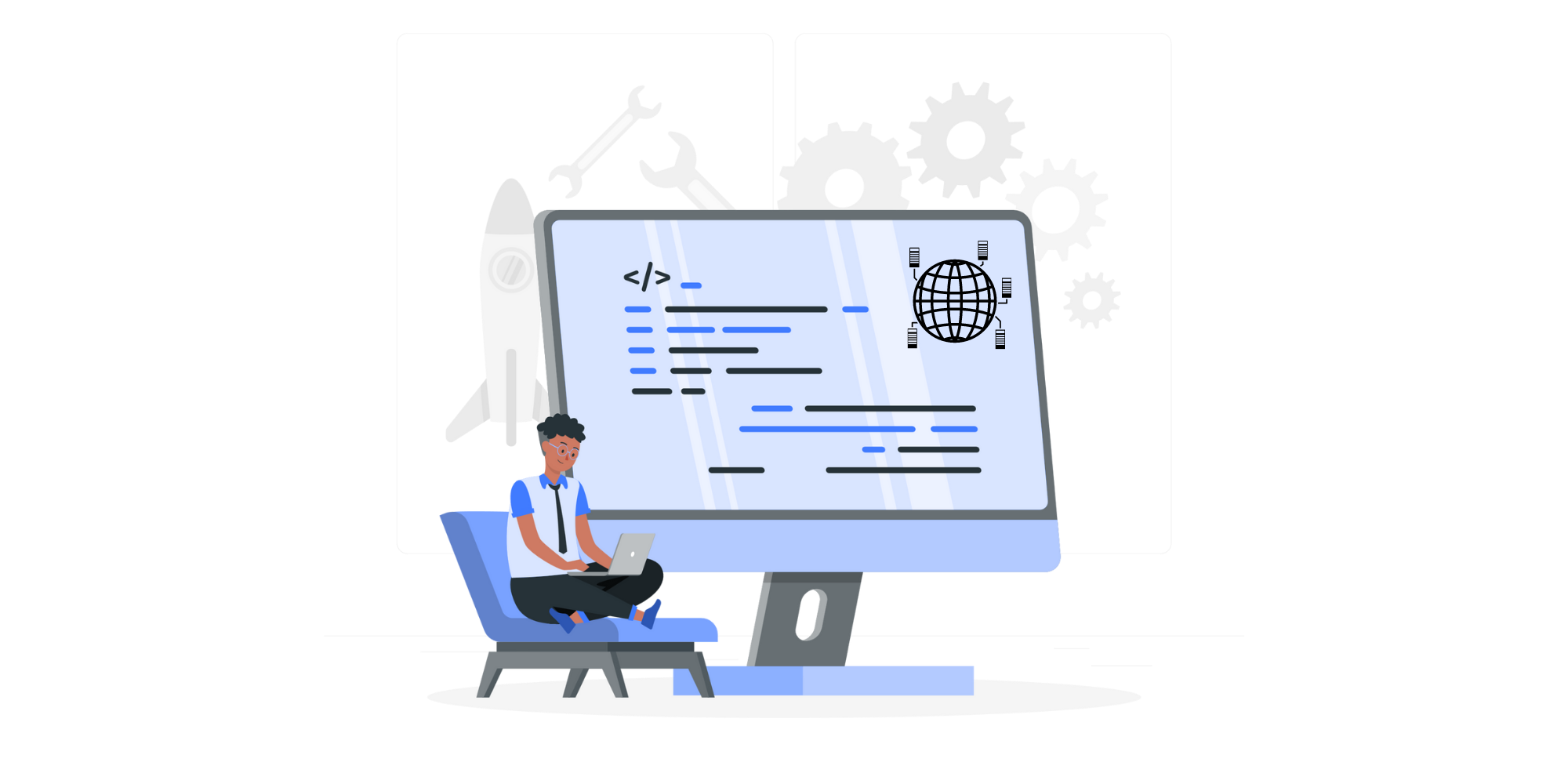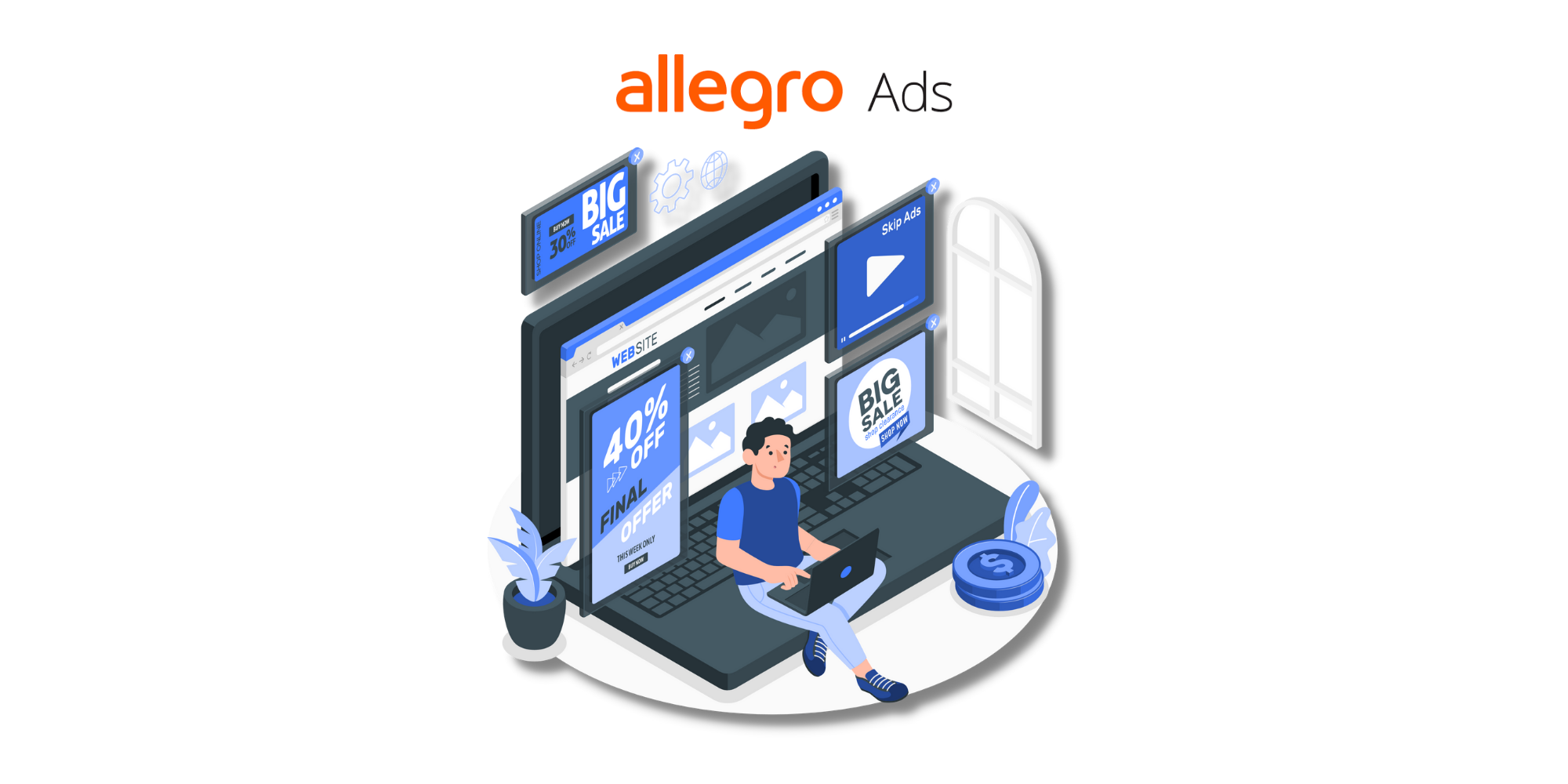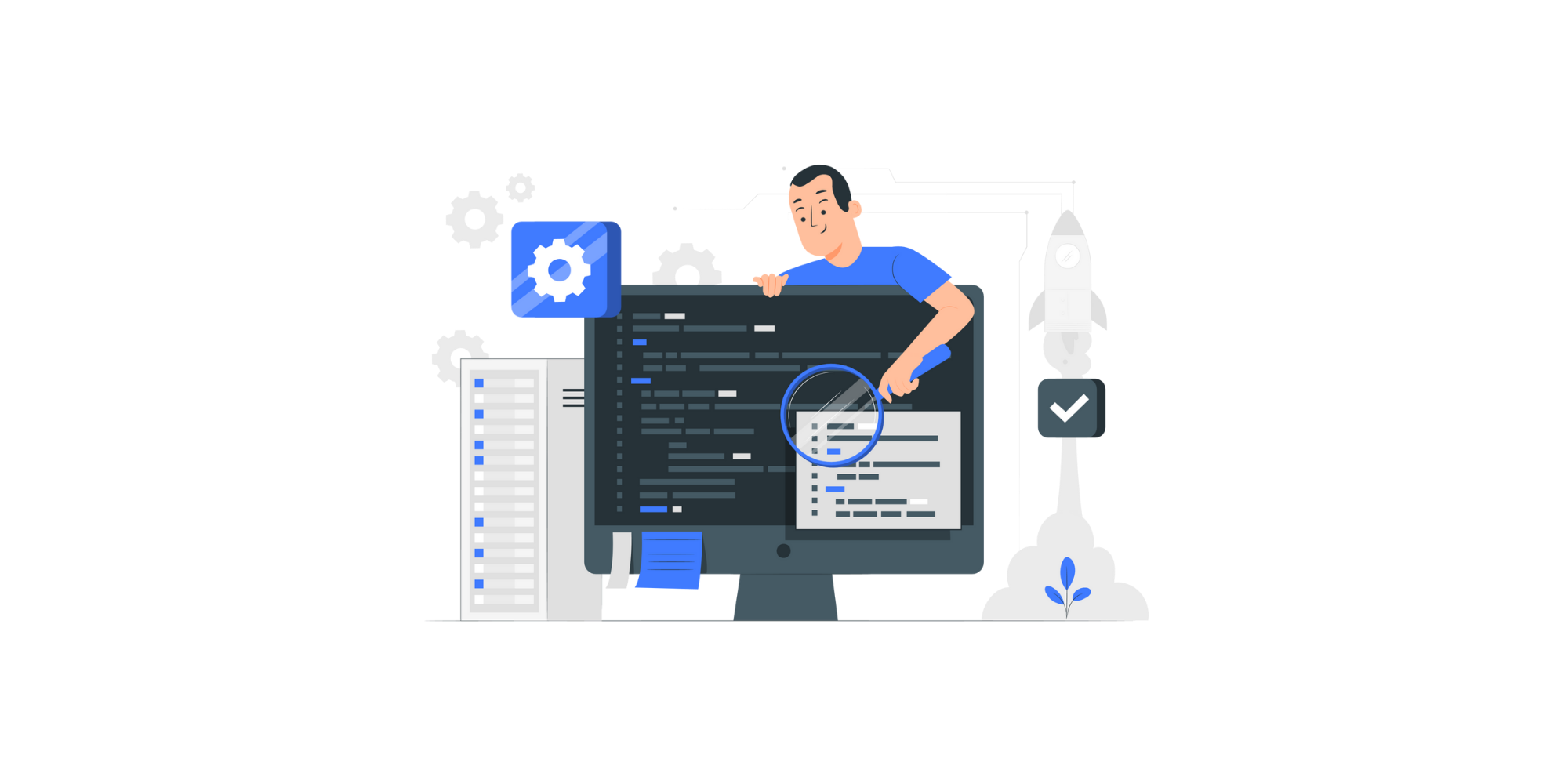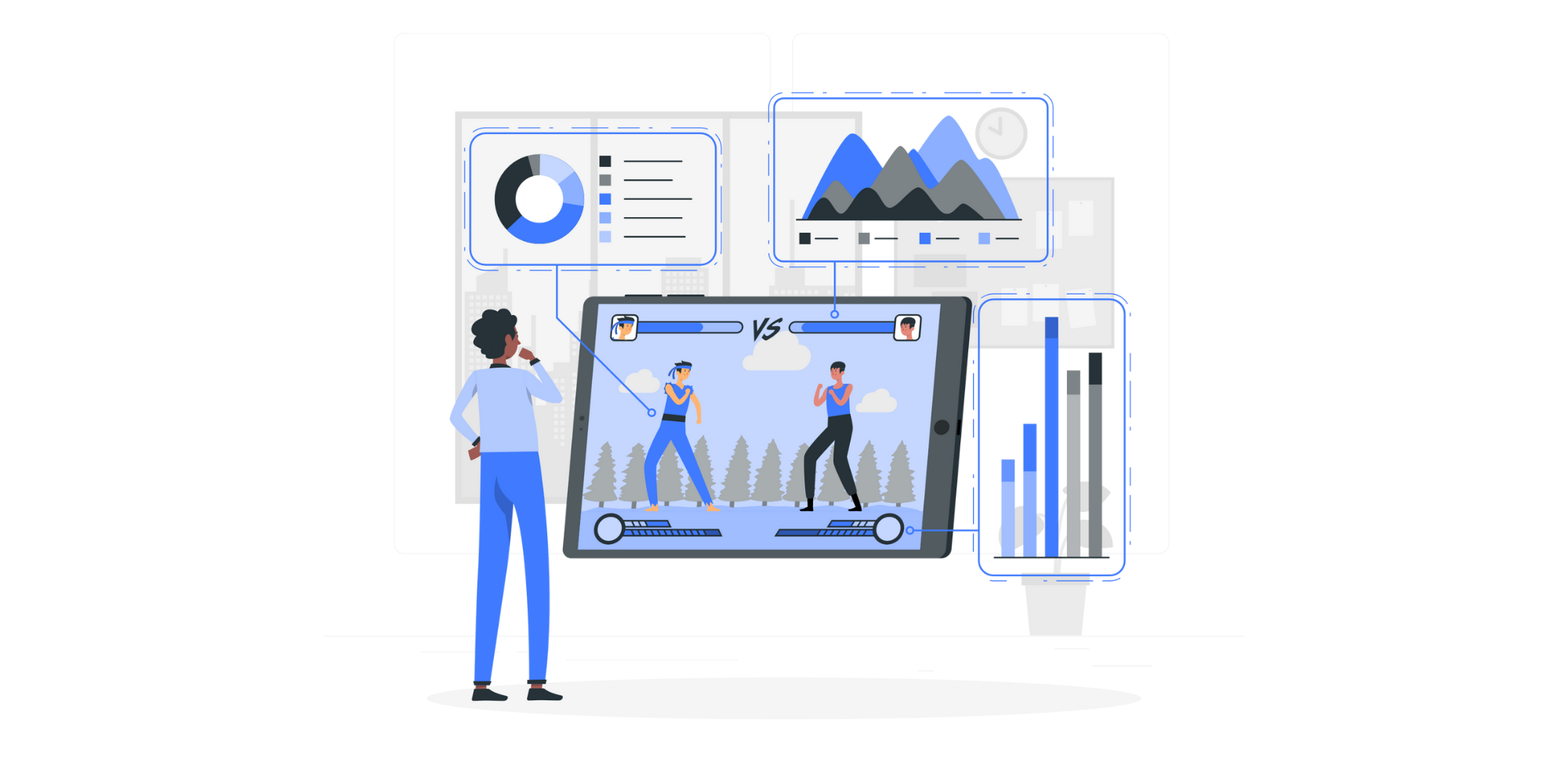Competition analysis is the best way to gain an advantage in your business.
The e-commerce market has boomed over the span of the last couple of years. Besides growing revenue streams coming from this part of the industry, there is a 2nd factor that is heavily increasing. Competition!
Have you already identified your rivals, their strengths, weaknesses, and advantages? We are sure you have already done it. However, to go further in competition analysis, we recommend a more advanced approach.
One of the first steps of the optimization journey is the automation of the analytical data collection. The tool you might choose should deliver valuable and accurate data on time. It should allow you to monitor both prices and the availability of products. Once you have made up your mind and selected the best suiting tool for your business, we will guide you through the most relevant factors to keep in mind when it comes to knowing your competition.
Competition analysis: prices and promotions
Understanding the pricing strategy of your competition and knowing its current position on the market will give you the chance to have a framework in place to move within. Describe a precise range of prices for aligning and further modifying the prices of your products. Gathering accurate data about competition prices at a given timing or a longer time interval is crucial for understanding the whole market status quo. Having this information collected in one place, you can estimate and anticipate potential price changes and predict further market changes.
Additionally, having a longer perspective of pricing data will allow you to understand the promotional season strategies of your competitors. Such data should include all kinds of promotional strategies: from discounts to various multipromotions. Promotion is a perfect way of attracting more potential clients.
The coverage of the products catalogue
While monitoring competition, besides understanding their pricing and promotional strategies, it is crucial to grasp how their products catalogue is structured and which products are most vital for boosting sales – so-called star products. Monitoring the products catalogue will lead you to such valuable insights like:
- Product categorization
- Data about SKUs, EANs
- Product descriptions
- Relevant Specifications and key metrics
These are essential KPIs that can be obtained automatically via monitoring software. Often knowing more about the main products of your competitors will lead to a better strategy on your side which can elevate sales performance.
Monitor on-site Banners
As all of us know, marketing is the driving force of sales. Even if you have an exceptional product that stands out compared to the competition, you need to find ways of bringing them to the market. There are many ways of running various kinds of ads, but one of the most important and the same most effective are on-site banners. Almost every shop is using banner ads on their Home Page. If those are internal promoted given categories, special perks, or external ads conducted in cooperation with a brand – all of them are crucial for running a smooth business. Banner monitoring is the next step further to refine your competition analysis.
Having a lot of competition and wanting to be up to date may lead to much manual work. One of the best things to do is to choose a platform that collects all this data for you in one place. Such tools can give you a quick overview of all your competition and may lead to understanding the direction and ideas that competitors might have.
-
Big Data: 3 important impacts on eCommerce and pricing

In recent years, Big Data analysis has been in high demand, and there are no longer any projects without involving data sets in some way.
-
Allegro Ads. To Choose Or Not To Choose

Advertising on Allegro. Why not! The leading Polish online marketplace has an unimaginable amount of data, so why not take advantage of it? The question is, are they worth using, and what does advertising on Allegro accomplish?
-
How Good Is Your Pricing Software? 3 Essential Features To Make An Informed Choice

With eCommerce pricing actions becoming more competitive, technology has become a key component to evaluate them. Thanks to advanced machine learning algorithms, all kinds of online pricing activities can be constantly monitored, optimized, and analysed better.

